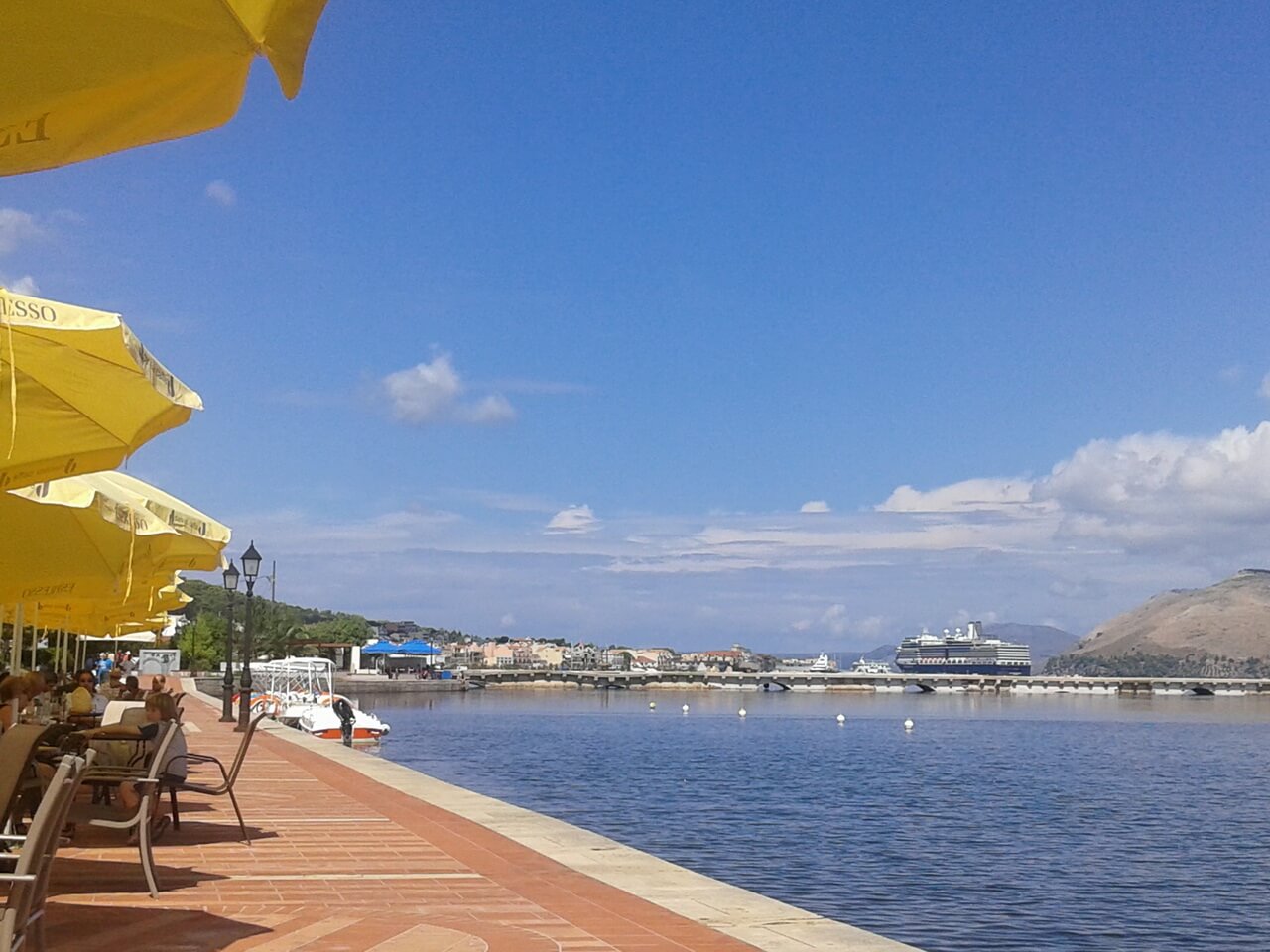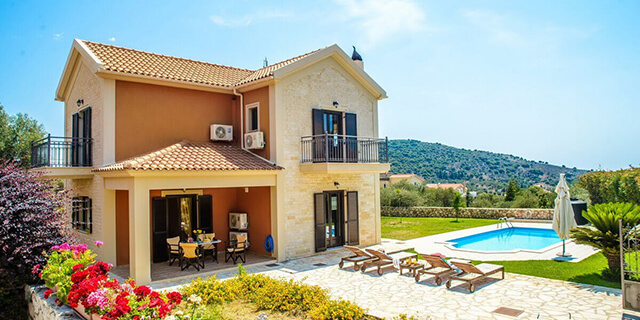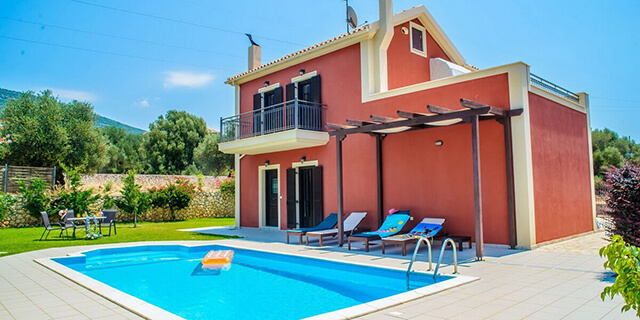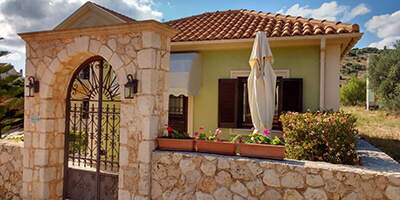De Bosset Bridge is the largest stone bridge on a sea water body and has been in existence since 1813, when the Swiss engineer Charles Philippe De Bosset was employed by the British Army.
Thanks to his contribution in the form of study and construction of the bridge, Monsieur de Bosset was appointed as Governor of Kefalonia from 1810-1814 by the British who reigned the Ionian Islands from 1809-1864.
The town of Argostoli on the narrow Fanari peninsula projecting out from Argostoli Gulf was the nerve centre for all trade and commerce activities for the villagers in the island. But the inlet separated Argostoli from mainland Kefalonia made it compulsory to travel around the perimeter of the 5 km long inlet.
The British governors saw a strong local opposition when they drew plans to link the two sides of the inlet at its narrowest part by building a wooden bridge from the southern harbor side of Argostoli to Drapano, a small village 950 meters across the water.
The to-be-solved transportation problems of the villagers allayed their fears about possible invasions and the De-Bosset Bridge was completed in two weeks. The little strength of the bridge called for its remodeling in the year 1842. Baron Everton gave the bridge a new appearance and rebuilt it with stone using materials from the Metela hill.

As you pass the bridge upon arrival in the island’s capital, a four faced symmetrical obelisk made up of carved rocks rises from the sea. This monument called “Kolona” existent since 1813, was the Kefalonian Parliament’s symbol of gratitude to Great Britain.
The disastrous earthquake of 1953 injured one-third of the bridge on Argostoli side. The bridge and the obelisk survived the earthquake, but like the whole city, it required major restoration using modern concrete building methods. The bridge remained the boundary between the sea and Koutavos lagoon and periodically, several arches were added on the side of the bridge of Argostoli to impart additional strength to the bridge. Nowadays De Bosset Bridge is gradually repaired in order to be the centre of Argostoli’s cultural events in the future.
credit: kefaloniaisland.org



